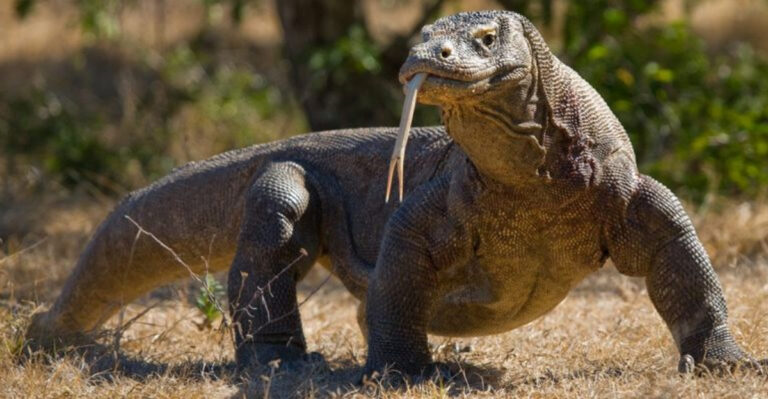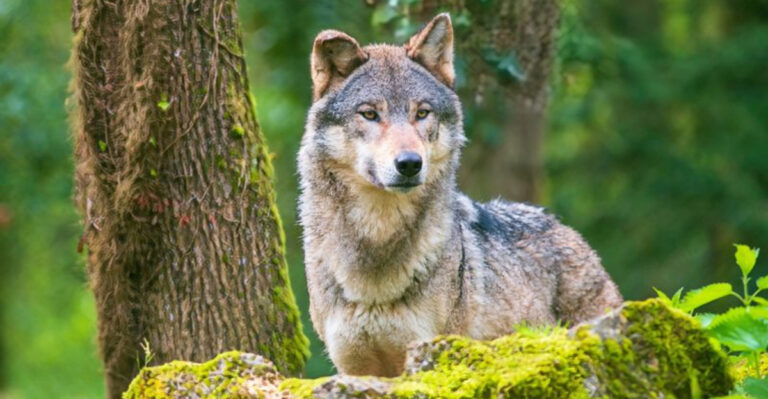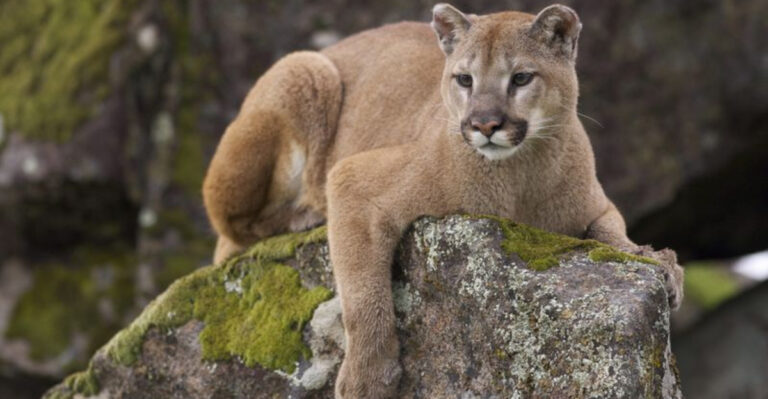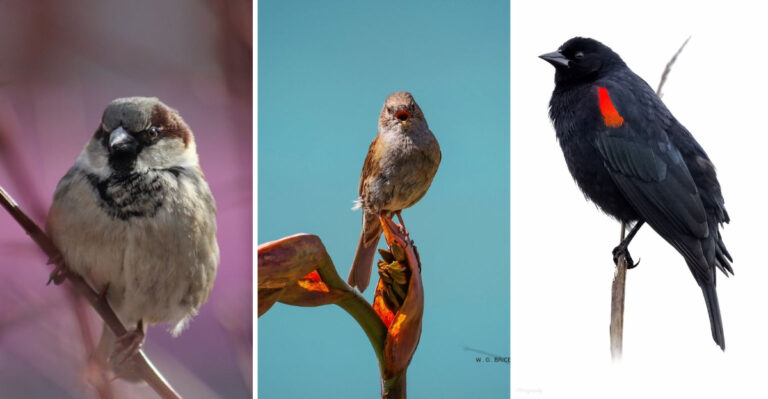16 Facts About Everglades Alligators You Never Expected
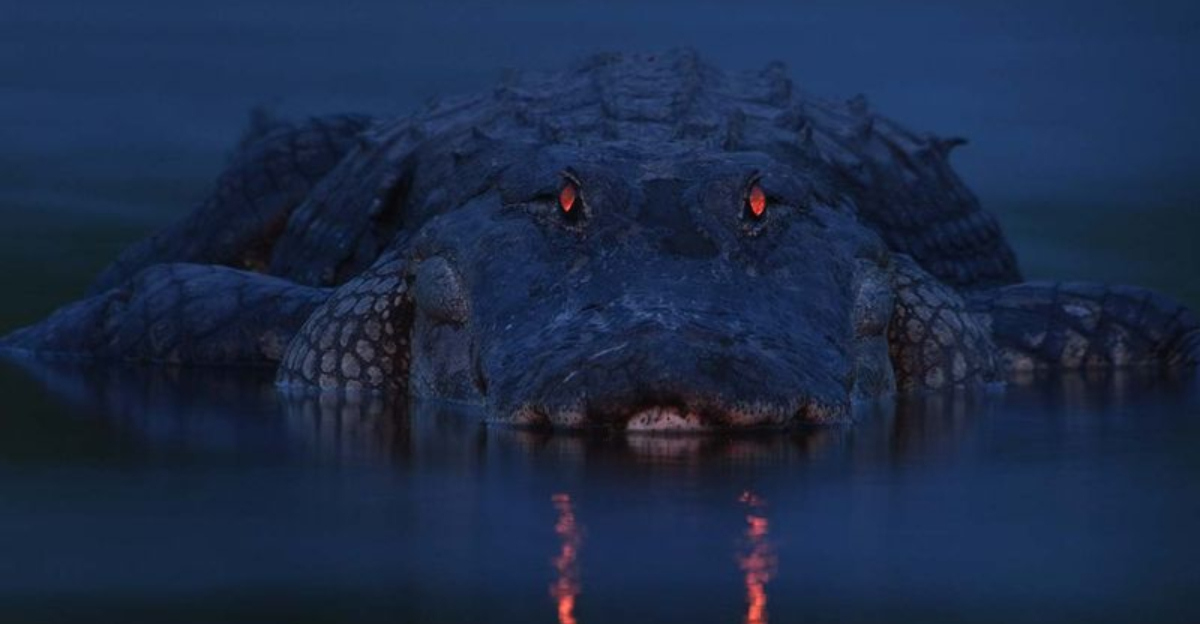
There is an abundance of species in the Florida Everglades, but none is as well-known as the American alligator.
There are many misconceptions and mysteries surrounding these extinct animals. Let’s explore some of the most astounding facts about these amazing animals that live in the Everglades.
1. Alligator Mating Habits

Alligator mating season is full of drama—think deep bellows and watery rumbles. Males use these booming calls to attract nearby females and show off their strength.
Courtship gets even flashier with splashes, dances, and low growls. It’s all part of sealing the deal and forming a bond.
Once paired, the female builds a nest of plants and lays her eggs inside. The heat from the rotting vegetation does the incubating.
2. Alligator Populations
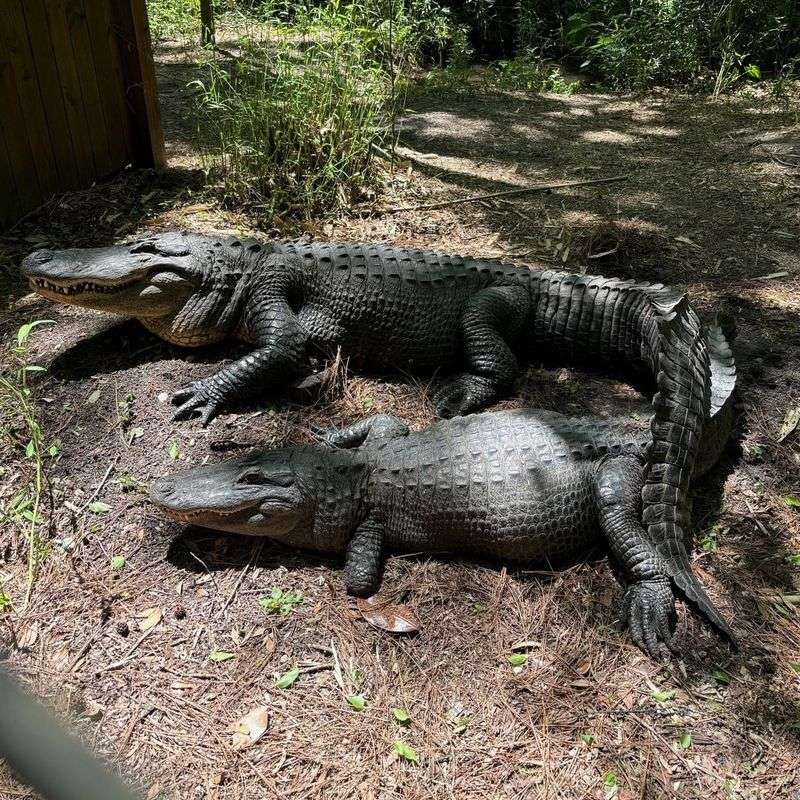
Alligator populations in the Everglades are like nature’s report card—they reflect the health of the whole ecosystem. That’s why scientists keep a close eye on their numbers.
Thanks to conservation efforts, these populations are stable and even growing. Protected habitats and smart regulations have made a big difference.
Healthy gator numbers help support the entire web of wildlife in the wetlands. It’s a win for biodiversity across the board.
Changes in water levels and climate still pose risks, so researchers stay alert.
3. Alligator Communication
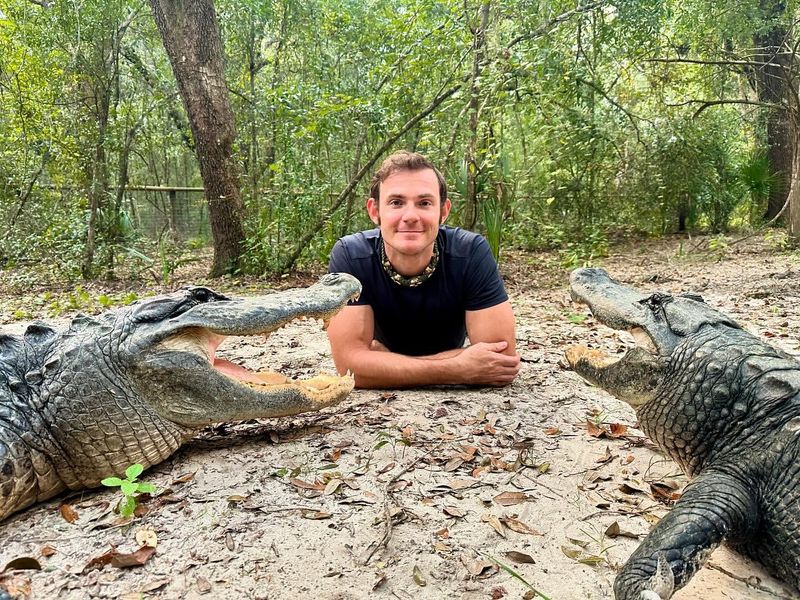
Alligators aren’t quiet giants—they’ve got a lot to say, especially during mating season. From bellows to hisses, their sounds help attract mates and scare off rivals.
The Everglades acts like a natural amplifier, sending those deep rumbles echoing across the swamp. It’s their way of claiming space and showing strength.
Even baby gators get chatty, chirping to signal hunger or danger. Mom hears those calls and comes running.
4. Alligator Threats
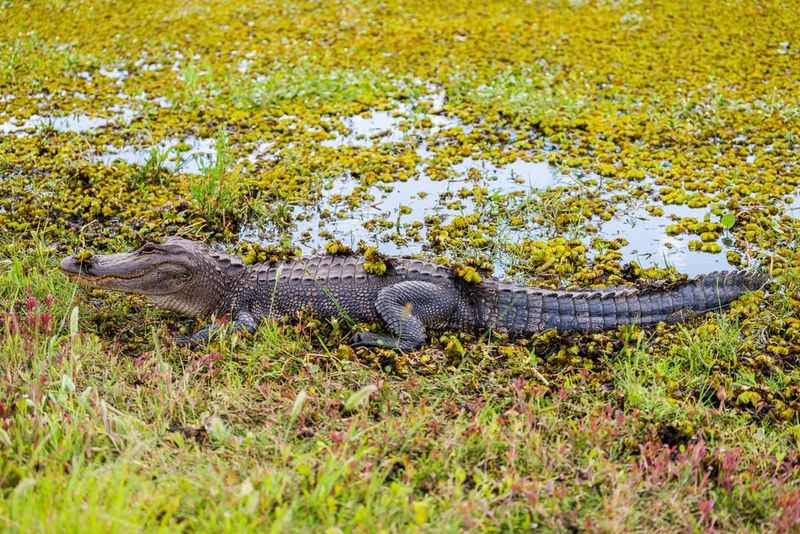
Even with stable numbers, alligators in the Everglades still face serious threats. Urban growth and farming shrink their habitats, leaving less room to roam.
Pollution puts their health—and the food they eat—at risk. Human interference, like illegal hunting or feeding, can mess with their natural instincts.
To help, conservationists focus on restoring habitats, reducing pollution, and spreading awareness. The goal? Keep gators safe and ecosystems strong.
5. Alligator Diet
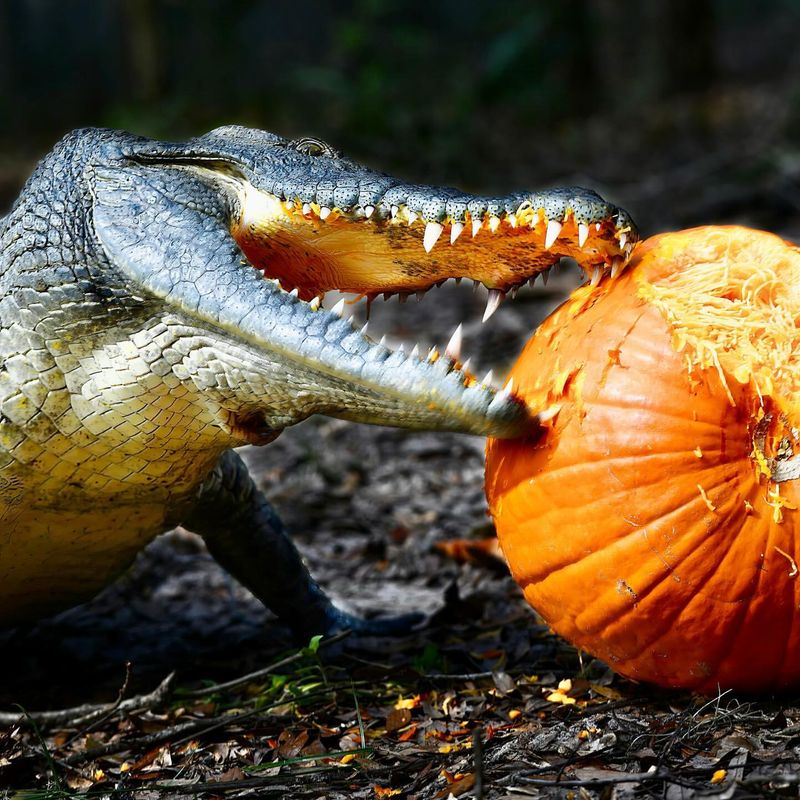
Alligators are true opportunists when it comes to food. In the Everglades, they snack on everything from fish and birds to small mammals.
With jaws strong enough to crush turtle shells, they don’t shy away from tough meals. Their sharp teeth grip prey like a vice—no escape!
As they grow, so does their menu—babies go for bugs, while adults take on bigger targets. This diet shift keeps the food web balanced.
6. Alligator Nesting Habits
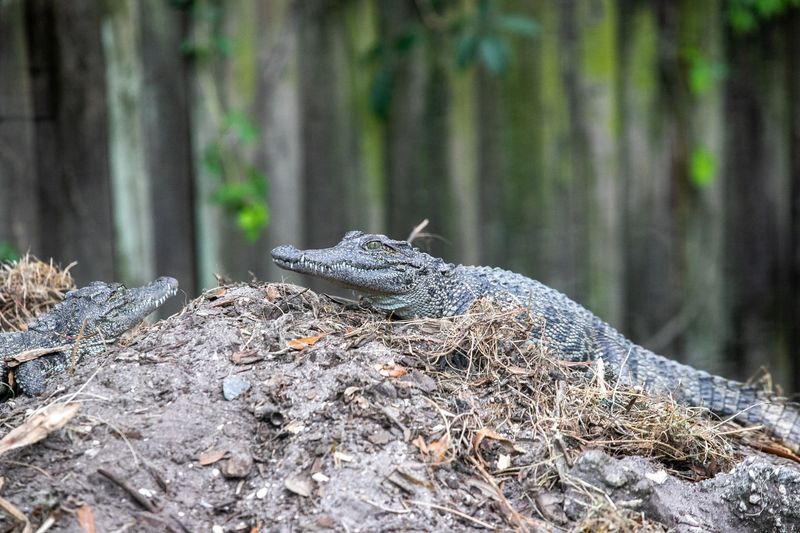
Nesting is a key part of an alligator mom’s mission. She builds a cozy mound of mud and plants, using heat from decay to keep her eggs warm.
In the Everglades, nest location matters—higher ground helps avoid flooding disasters. Thick vegetation gives her plenty of building supplies.
These nests aren’t just for gators; they benefit the whole ecosystem. Insects and critters move in, turning nests into mini habitats.
7. Alligator Social Structure
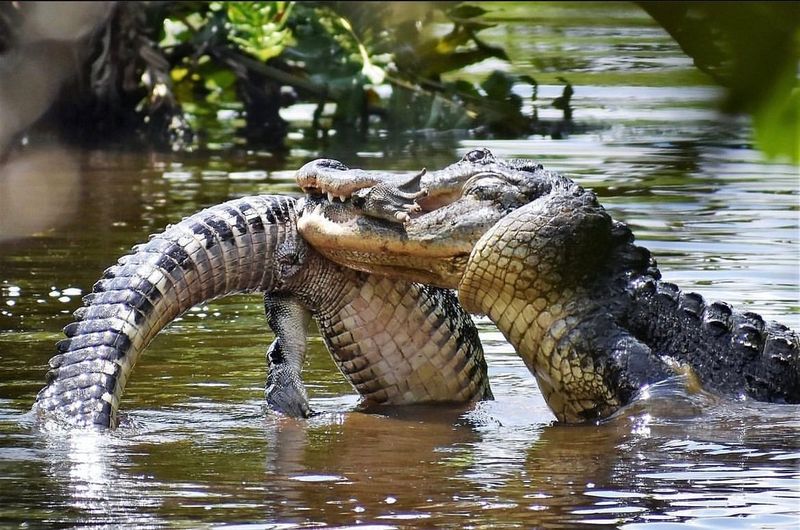
Alligators aren’t just lone swamp lurkers—they’re surprisingly social! They gather in groups called pods, often made up of familiar faces.
In the Everglades, you’ll spot these pods basking together along the banks. It’s a group effort to soak up the sun and save energy.
Being social helps them stay safe from threats and assert dominance. It’s not just lounging—it’s strategy.
8. Alligator Temperature Regulation
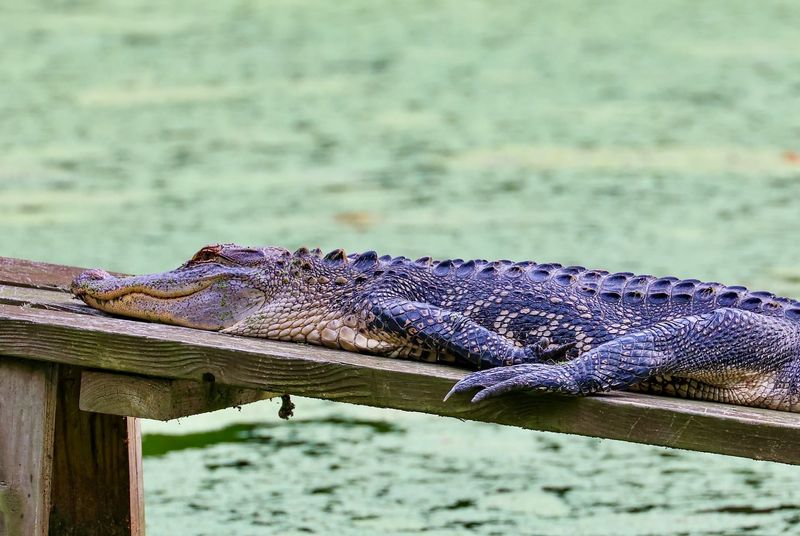
Alligators are ectothermic, meaning they use the environment to control their body temperature.
In the Everglades, you’ll often spot them sunbathing or chilling in the water to stay just right.
This temperature control helps them hunt, digest, and reproduce efficiently. It’s all about saving energy and staying sharp.
When it’s too hot, they slow down; when it’s cooler, they get moving. Their ability to adapt to shifting temps is pure survival genius.
9. Alligator Role In The Ecosystem
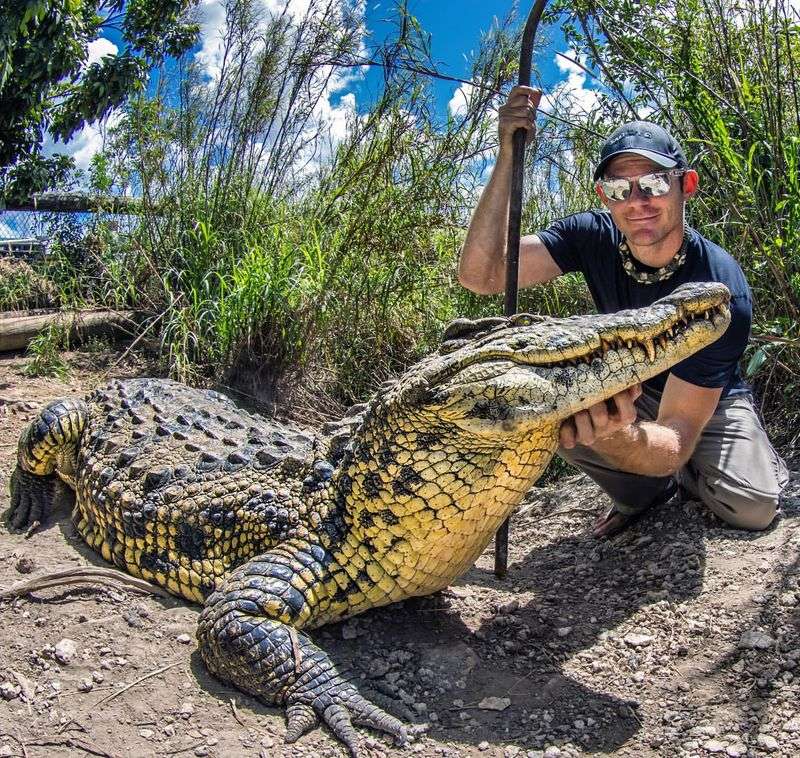
Alligators are the Everglades’ top predators, keeping prey populations in check. This helps prevent overgrazing and keeps the ecosystem balanced.
Their presence shapes how other animals behave—many have evolved to avoid these stealthy hunters. It’s survival of the smartest!
Alligators even help build the landscape by digging ‘gator holes’ that hold water during dry spells. These spots become lifelines for fish, turtles, and more.
10. Alligator Adaptations
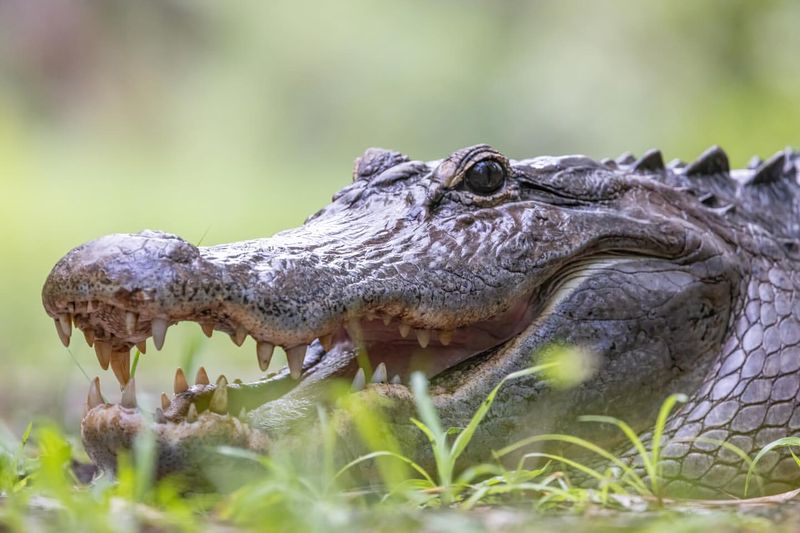
Alligators are packed with cool adaptations that make Everglades life a breeze. Webbed feet and powerful tails turn them into expert swimmers in swampy waters.
Their armor-like skin, covered in bony plates called osteoderms, offers protection and helps regulate body heat. That dark coloring? Perfect for soaking up the sun.
They can even hold their breath for up to an hour—great for sneaky ambushes or lying low. It’s stealth mode, gator-style.
11. Alligator Intelligence
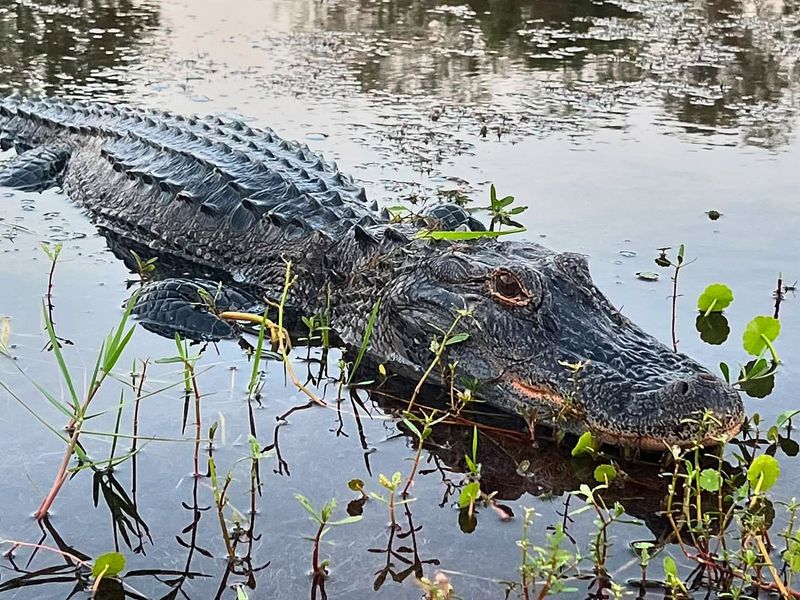
Alligators are smarter than they get credit for, showing off some seriously clever moves in the Everglades.
They’ve even been seen using sticks as bait to lure in curious birds—hello, tool use!
This kind of behavior shows problem-solving skills and sharp environmental awareness. They also learn by watching others, picking up new hunting tricks along the way.
Gators adapt fast, whether it’s switching up strategies or reshaping their surroundings. Their brains are just as powerful as their jaws.
12. Alligator Conservation Efforts
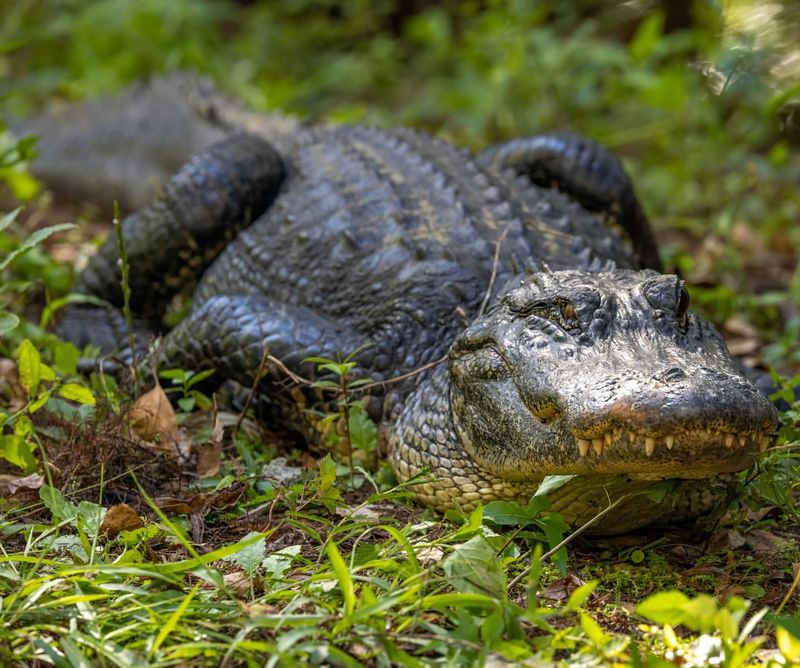
Alligators were once on the edge of extinction, but thanks to conservation, they’ve made a huge comeback.
In the Everglades, protecting their habitat and spreading awareness has been key.
Creating safe zones in Everglades National Park gave them room to thrive. Research has helped experts better understand and manage gator behavior.
Local communities have also stepped up, learning just how important these reptiles are. Education turned fear into respect.
13. Alligator Lifespan
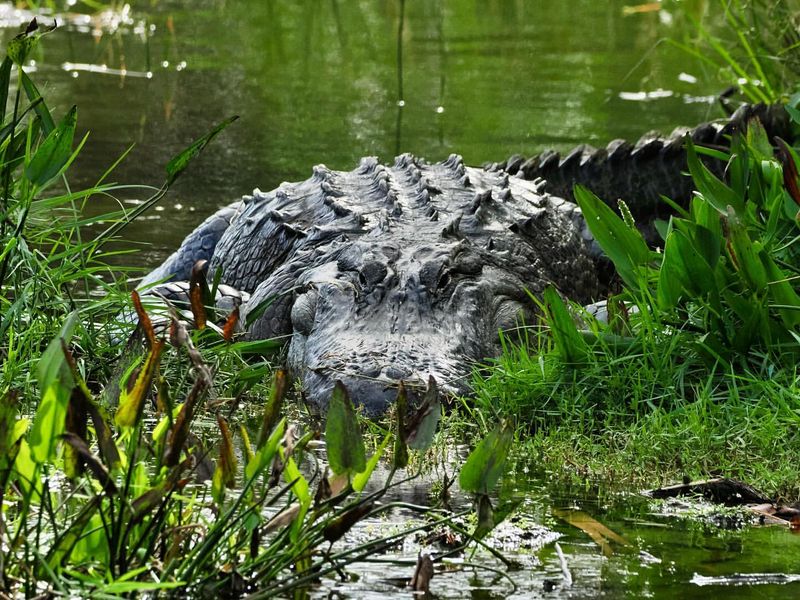
Alligators can live up to 70 years in the wild, giving them serious staying power in the Everglades. Their long lives help keep the ecosystem balanced and thriving.
Survival depends on good habitat, plenty of food, and minimal human interference. Older gators often wear battle scars—proof of their toughness.
Researchers study these elders to learn how the environment is changing over time. Their stories offer clues about ecosystem health.
14. Alligator’s Powerful Bite
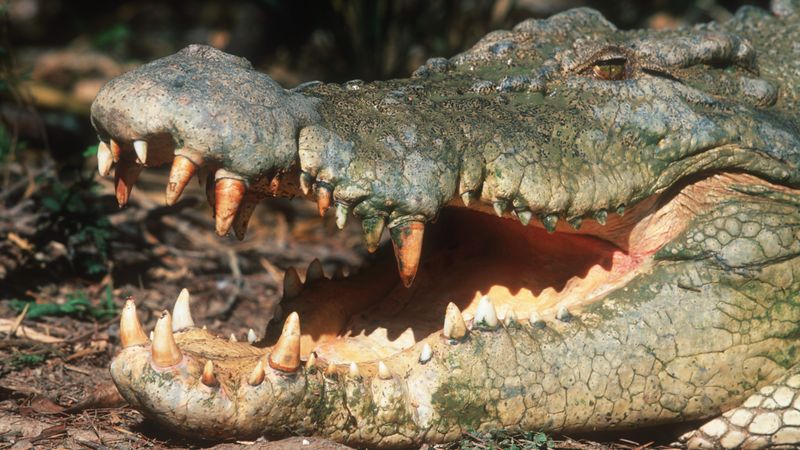
Alligators pack a bite that’s downright legendary—about 2,980 psi of jaw-snapping force! That’s enough power to crush prey or seriously defend their turf.
Their skulls are built for pressure, with muscles so strong that escape is nearly impossible. It’s like having a built-in bear trap for a mouth!
This epic bite makes them top predators in the Everglades. They rule their swampy world with quiet, scaly confidence.
15. Alligator’s Night Vision
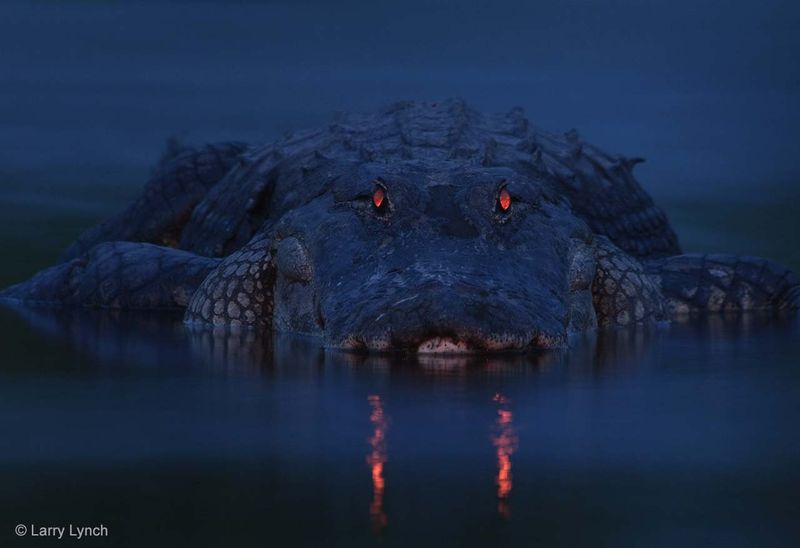
Spotting an alligator’s glowing eyes at night is pure Everglades magic. That spooky shine comes from the tapetum lucidum, a layer that reflects light and boosts night vision.
This built-in night-vision upgrade helps them hunt like pros in total darkness. While other animals sleep, gators are ready to strike.
Their nighttime skills keep them ruling the food chain with quiet precision. Darkness isn’t a disadvantage—it’s their playground.
16. Alligators Vs. Crocodiles
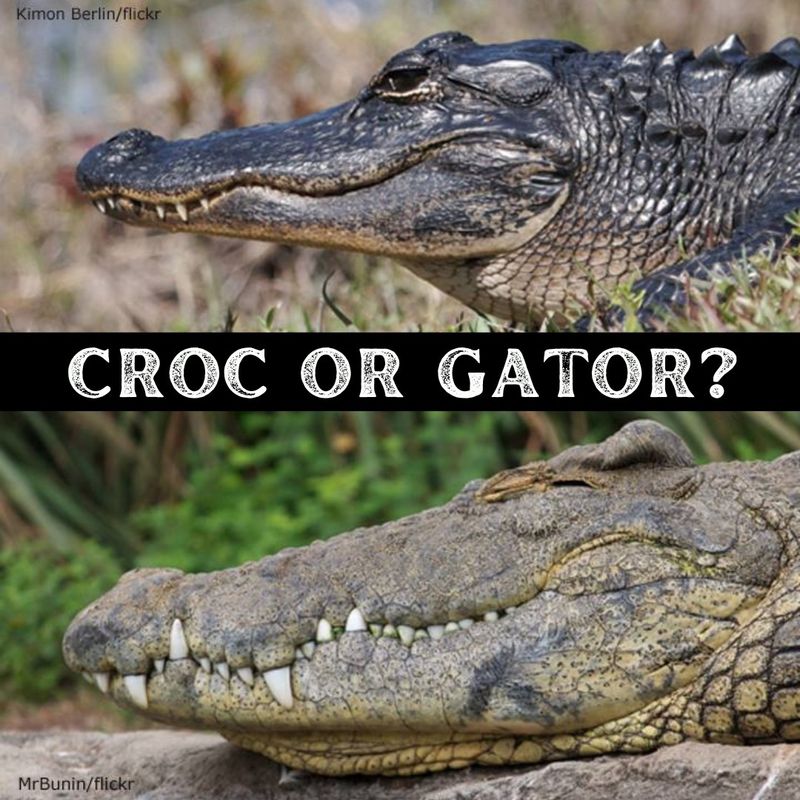
Alligators and crocodiles get mixed up a lot, but they’re easy to tell apart once you know the tricks.
Alligators have wide U-shaped snouts, while crocodiles rock a sharper V-shape.
These snouts aren’t just for looks—they’re tailored to their diets and habitats. In the Florida Everglades, both species live side by side, but alligators are way more common.
Gators stick to freshwater, while crocs hang out in brackish zones. That space-sharing keeps things chill between them.


